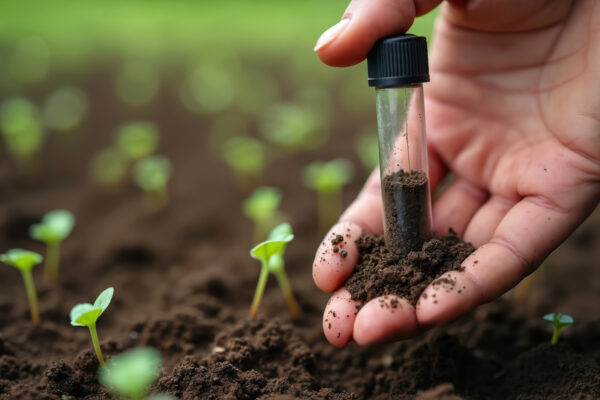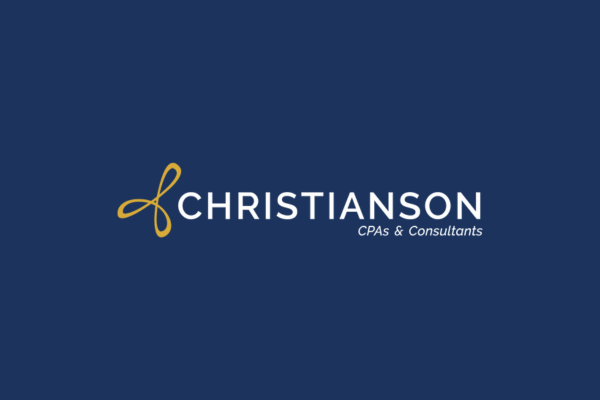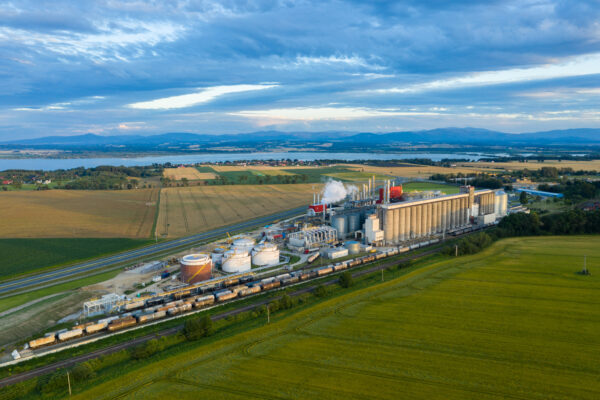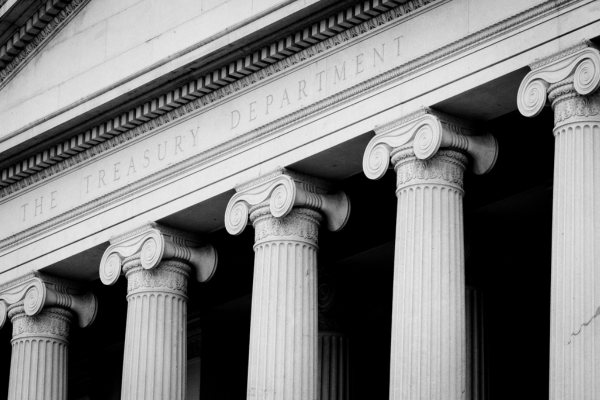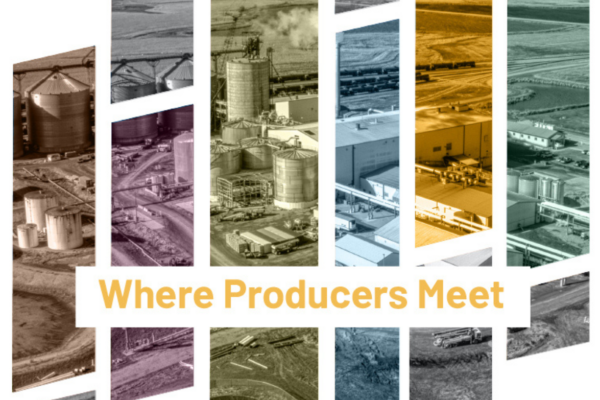How to meet the detailed compliance requirements to claim the 45Z Clean Fuel Production Tax Credit. Kari Buttenhoff, Partner and Danielle ... Continue Reading
News & Events
Update on our Fairfax and Redwood Falls Offices
After careful consideration, we have decided to permanently close the Fairfax office in order to streamline our operations and allow our professional ... Continue Reading
Navigating the Evolving Landscape of Low Carbon Fuel Programs Across the West Coast and Beyond
Over the past year and a half, state low carbon fuel programs have undergone significant changes. While Oregon, California, and Washington have been ... Continue Reading
Understanding the Latest Changes to Beneficial Ownership Reporting Requirements
In a significant update for U.S. businesses, the Financial Crimes Enforcement Network (FinCEN) has issued an interim final rule that removes the ... Continue Reading
USDA Releases Funding to Boost Rural Energy and Biofuel Initiatives
On March 31, the U.S. Department of Agriculture (USDA) announced the release of previously obligated funding under the Rural Energy For America ... Continue Reading
Christianson CPAs and Consultants to Speak at the 2025 Fuel Ethanol Workshop & Expo
We are thrilled to announce that several of our knowledgeable staff at Christianson CPAs and Consultants have been selected to speak at the 2025 ... Continue Reading
